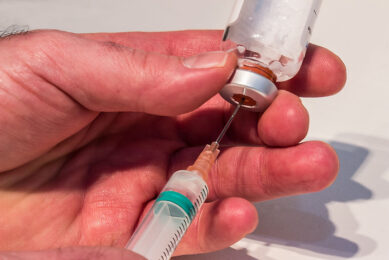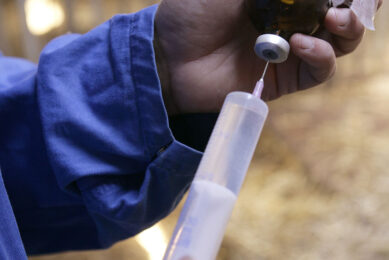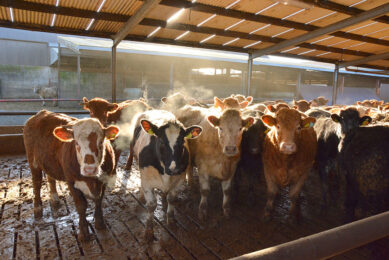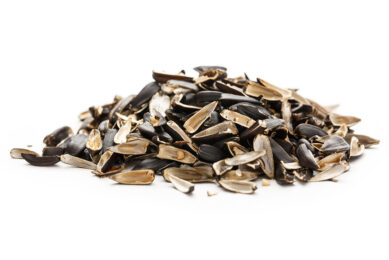Vaccination failure due to mycotoxins
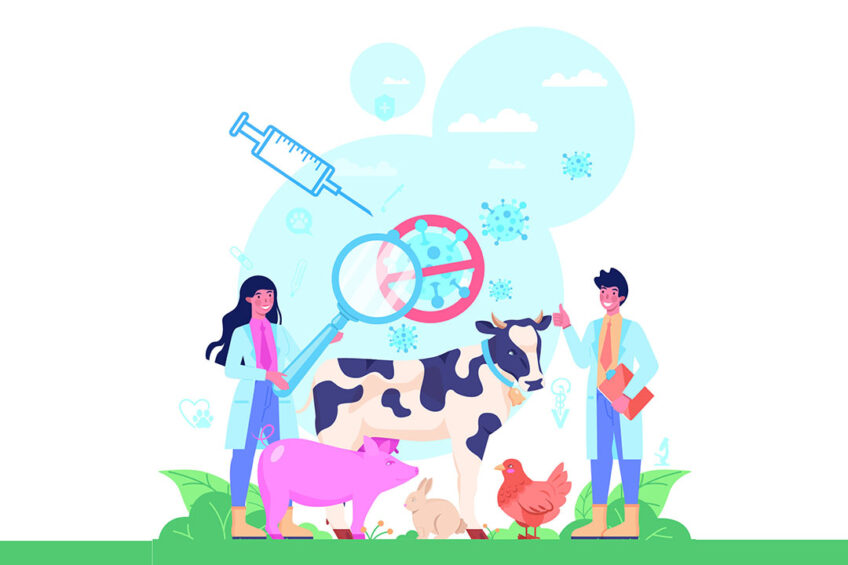
Bacterial resistance to antibiotics has increased so strongly that measures to combat the phenomenon have become urgently necessary. One effective option is to use vaccines on farm animals. But why do vaccination failure cases occur again and again?
If typical disease symptoms occur in a livestock population despite vaccination, everyone initially thinks of a vaccination failure. It is possible that the virus has mutated so much that the vaccine previously used is no longer effective. It is also conceivable that the vaccine was stored in too warm conditions, too low a dose was administered, or the chosen vaccination intervals were too long. However, very few suspect that mycotoxins in the feed could be the reason for the problems. Yet these can permanently damage the function of the immune system, which has a strong influence on the formation of antibodies.
Shaping the immune defence
The main part of the immune system is in the intestine, which represents the main contact zone between the body and the environment and assumes a crucial barrier function in animals’ lives. The function of the intestinal flora in combination with the body’s own immune defence system is to maintain the integrity of the gut as a barrier. On the one hand, the intestine is permeable enough to allow the resorption of nutrients and fluids, and on the other hand it is impermeable to bacteria, viruses, antigens and toxins such as LPSs (lipopolysaccharides). The intestinal mucosa cells form a mechanical barrier, followed intrinsically by the gut-associated immune system (GALT), which is embedded in the submucosa. The GALT accounts for around 70% of the immune system. It consists of lymphoid follicles that occur in the mucus membranes of the entire gastrointestinal tract. In this connection, the gut bacteria play an important role: alongside the provision of enzymes to metabolise the carbohydrates and suppress the reproduction of disease-causing germs, they constantly train the gut-associated immune system and thus shape the immune defence.
Negative impact of mycotoxins
Agricultural production today involves high-performance animals that are required to grow and produce as quickly and as much as possible. The partially sterile environment delays the development of their immune system. Furthermore, young animals are more sensitive to changes in their environment. This also applies for the gastro-intestinal tract. Even low mycotoxin concentrations can lead to changes in the intestinal flora. Mycotoxins such as deoxynivalenol (DON) particularly affect the health of the gastro-intestinal tract (Figure 1). Even a low concentration in the feed quickly leads to an inflammatory reaction in the mucosa. This inflammation increases leaky gut syndrome, thus facilitating the penetration of pathogens and their toxins, e.g. endotoxins, into the bloodstream. The preceding damage to the intestinal barrier caused by the mycotoxins then makes it easier for the endotoxins to infiltrate into the blood circulation. There, they are initially bound to blood proteins and neutralised. The central organ for elimination, alongside the lungs and the kidney, is the liver, where the endotoxins are metabolised, enter into hepatocytes and eliminated via the gall bladder and the intestine. Once the neutralisation capacity is exhausted, an inflammation cascade is triggered. The inflammation mediators lead to fever, pain, increased heart rate, blood clots in the capillaries and weakening of the immune system (Figure 1).
Figure 1 – Vaccination failure due to Deoxynivalenol (DON).
Imbalance of gut microflora
In addition, the mycotoxin DON reduces the intestinal absorption of nutrients. It does this by inhibiting the sodium-dependent glucose transporter SGLT1. Blocking this important nutrient transporter causes easily digestible nutrients to remain in the intestine. These nutrients then become a food source for the pathogens. This can lead to an imbalance in the microflora composition which, in turn, weakens the immune system and intestinal health. The animals become more susceptible to diseases. Subclinical and chronic infections resurface which were believed to be under control. Put simply, the immune system is permanently damaged and overloaded by exposure to mycotoxins (especially DON), reducing the desired antibody formation after a vaccination. The vaccination protection is incomplete and breakthrough cases occur.
Holistic approach needed
To lower production costs, the gastrointestinal tract and immune system should be considered holistically during each stage of the animal’s life and supported prophylactically in a variety of ways. Therefore, feed should be analysed for mycotoxin content using reliable analytical methods such as ELISA or HPLC, and preventive protective products such as mycotoxin binders should be used accordingly. But the fact that has to be taken into account is that additives are not medicines; they should be considered as preventative support and not as a substance for treating sick animals. Various mycotoxin management tools are available to reduce the negative impacts of mycotoxins on animal health and performance. It should be noted at this juncture that, according to scientific studies, clay mineral and yeast cell wall binders have not been positively proven effective in animals against trichothecenes such as DON. However, in the case of mycotoxin binders, attention should be paid to their quality and independently scientifically proven effectiveness. Generally, the routine use of EU-authorised mycotoxin-deactivating products such as MiaBond 360 is recommended to avoid vaccination failures, prevent subclinical stress, support full nutrient uptake, and prevent an imbalance in the composition of the microbiota.
Author:
Dr Marlene Luttmann, MIAVIT GmbH




